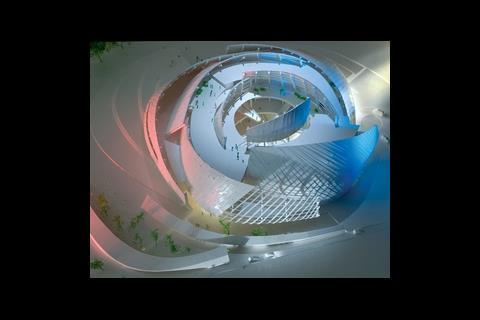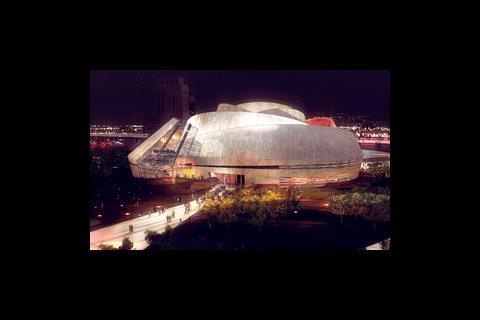An exciting new project for the children of Syria will use the contrasts of the Mediterranean climate to help to produce an eco-friendly building that is informative and fun, BSj reports
It’s not only the exhibits that will educate and engage young Syrians at a new children’s centre in Damascus: the building itself will teach them about the traditions and skills of their country and, it is hoped, enhance their environmental awareness.
The Massar Children’s Discovery Centre and public park was the subject of an international design competition, won by Buro Happold working with Henning Larsen Architects and landscape designer Martha Schwartz Partners.
Massar means path or journey in English, and the centre is part of a national youth development programme. Its petal-like design is inspired by the Damascus rose, and it is intended to be not only an exceptional learning experience but great fun too.
Work is due to start this summer and materials have been carefully chosen to emphasise and enhance the traditions and skills of Syria. Clay plaster has been specified on all internal surfaces as part of a breathable wall construction. This will help to create a comfortable environment by allowing humidity to be absorbed and heat to be retained.
Solar panels, less traditional but in keeping with the low-energy concept, will be fitted to the building envelope to gather heat to charge the ground “heat” store during summer and mid-season.
Buro Happold’s environmental strategy was developed to respond to the Mediterranean climate, which is warm and dry from April to November yet wet and cold for the rest of the year – there can even be snow in January and February.
The hope is that the centre’s sensitivity to the seasons will help to develop the young visitors’ environmental awareness – its energy cycles will be displayed for them to explore.
Biomass boilers will be used to meet the thermal demands of the building with a sustainable fuel source. Combined heat and power units are planned to generate electricity, with any waste heat recovered and used to service the building, reducing the overall heating energy demand.
The building’s principal source of cooling will incorporate a ground store and an earth tube/labyrinth system. Ventilation for the offices, studio spaces and retail areas will be provided by dragging air through the earth tubes to pre-cool it, followed by additional conditioning. For the galleries ventilation will be produced by passing air through hollowcore slabs from the courtyard. By using this system, air will be heated and cooled passively, harnessing the thermal mass benefits of the heavyweight material.
Tom Hay, Buro Happold’s project leader, says: “This project is unique in that it gives the children of Syria the means to view the world around them through Syria’s incomparable cultural heritage.”
Source
Building Sustainable Design
Postscript
Original print headline: "Flower Power" (Building Services Journal, March 2008)
























No comments yet